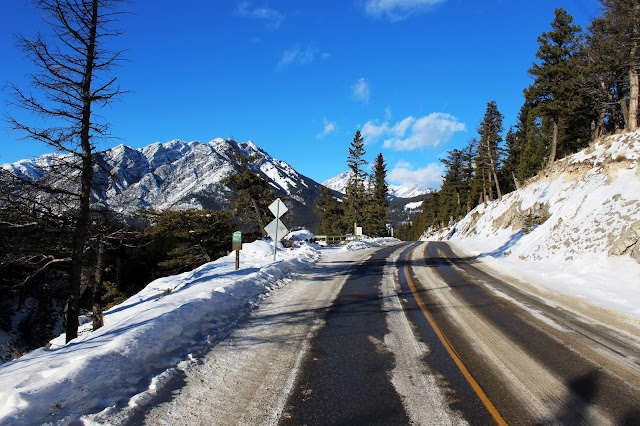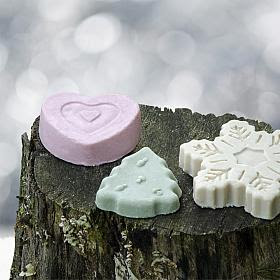30.12.15
When I landed back in England in mid-December I was looking forward to wrapping up warm and getting in the festive mood. The day after I landed I put on a jacket and a hat and expected to feel the chill while walking the dog. In actual fact, I was too hot.
I put it down to being in the South, but when I finally arrived in the North East it was pretty much the same. Although it was grey and miserable, the wind had a certain warmth to it.
The BBC and the National Trust have reported on the changes of the weather this year and the impact on British wildlife.
From one of the sunniest winters on record to a late spring, a wet and windy summer and an unseasonably warm autumn, this year Britain saw a change to the expected weather pattern. This weather has been bad for puffins, who have recently been put on the red list of birds for conservation concern, because of a poor breeding season and their burrows being flooded on the Farne Islands. Many frogs and toads suffered in the South of England as a lot of pools dried up in spring. The weather also seemed to have affected wasps, with their numbers declining this year. The weather did have a positive effect on some wildlife however, with the warm autumn helping to produce a plentiful apple crop. As well as long-tailed blue butterflies, which are increasingly rare, breeding on the White Cliffs of Dover again.
I was surprised to see so many flowers still out, albeit on their last legs, as well as a few bulbs sprouting.
I spotted a slug and thought it seemed like the perfect opportunity to test my new extension tube Andrew bought me for my camera for Christmas. I haven't quite got the knack of it just yet, but it was really interesting being able to see a slug up this close.
Apparently, it's been estimated that the average UK garden has around 20,000 slugs and snails in it.































































